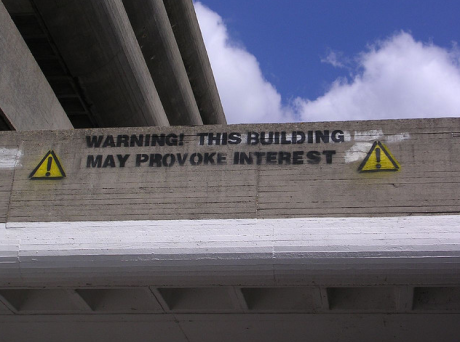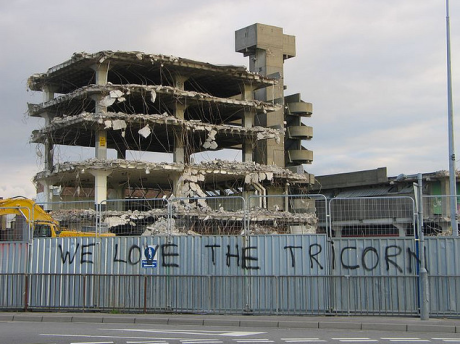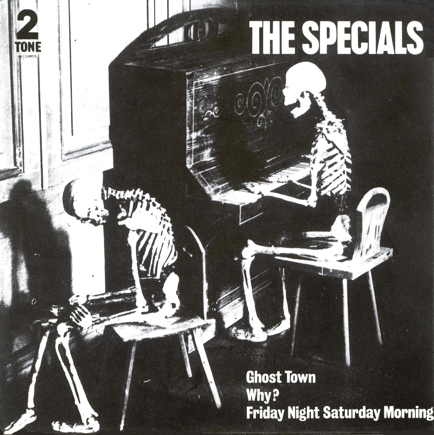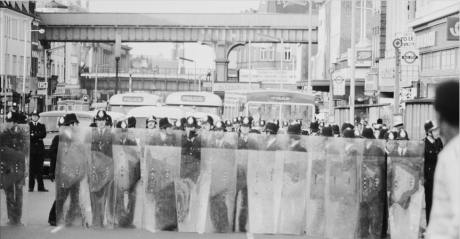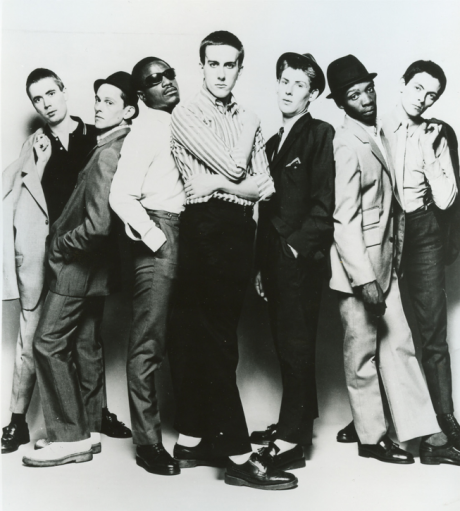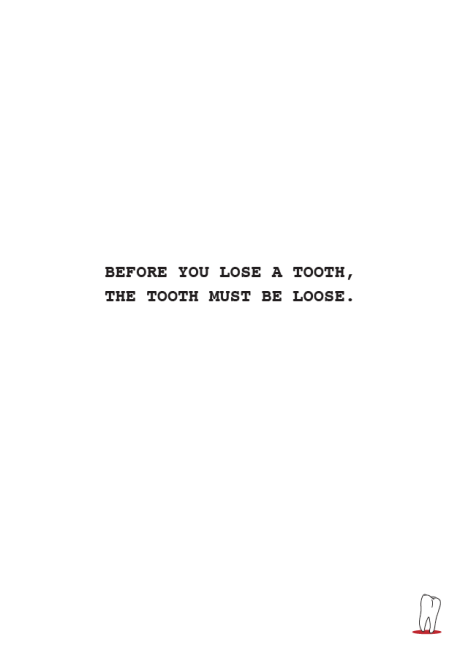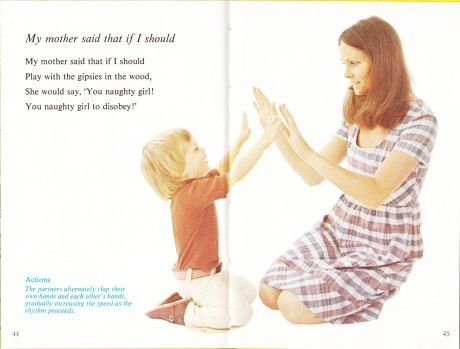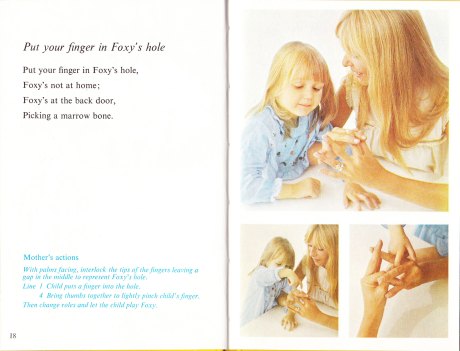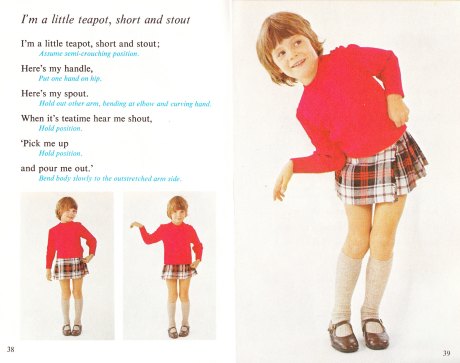I hold the The Tricorn (1964 – 2001) in only fond regard. This was a place where, in chronological order, my parents met, I cut my graffiti teeth, I bought records, I nightclubbed, bought clothes, bought more records, learnt (kind of) to DJ and finally worked.
The complex provoked and continues to provoke extreme reactions. A sprawling Brutalist complex that contained a shopping centre, apartments, car park and even a nightclub, the Tricorn was designed by Rodney Gordon at the Owen Luder Partnership and was completed in 1964 to general acclaim. In 1967 it won the Civic Trust Award for its “exciting visual composition”, three years later it was voted Britain’s fourth ugliest building. Go figure.
The Tricorn, like many similar, system built concrete structures built at this time soon both fell out of favour, fashion and into disrepair. Before it’s demolition nobody lived in the apartments besides pigeons, the club had long shut down and most of the shops had long moved on. The place had been left pretty much to rot, becoming a foreboding mass of crumbling concrete, a blot on the landscape. Despite appeals for it’s regeneration these were drowned out by the majority and the sad and tatty Tricorn was finally put out of it’s misery to a spiteful fanfare in 2004.
Personally, I’m sad it was demolished and I’m certainly not alone. Before its demolition, hoardings were put up around the site and Portsmouth City Council invited the artist Jeanie Kerswell to create a public art project which would both decorate the hoardings and display Portsmouth residents’ memories of the Tricorn. ‘The Colour Happened On The Inside’ concept covered the boards with Marmite jars (a neat take on ‘you either love it or hate it’) with white labels to be used for handwritten recollections of the soon to be demolished building.
What followed was an emotive set of comments from people who, like me, had learned to love the complex despite it’s failings. Somehow,within it’s alleyways, arcades and damp, crumbling facades a community had built up. Whether it had happened in the way Owen Luder and Rodney Gordon had intended was besides the point. While the bigger shops like Argos and Virgin Megastore (why isn’t anything a ‘mega’ anything anymore?) moved out of the building, a network of independent traders did their thing in Charlottes Superstore; an indoor market which seemed to absorb the noisiness and chaos of the Charlotte Street market outside.
In my era Charlottes and The Tricorn was home to the independent clothes shops, One Legged Jockey and Rif Raf (which was run by Pete Voss, the eventual lead singer of Indie Dance mob Campag Velocet), Domino Records which sold half decent Hip Hop and House music, a pet shop (with an agressive parrot if I recall), the obligatory greasy spoon and the haven for misfits, miscreants and all round good people, Mondo Comics.
The whole place was a bit of a mecca, a slice of alternative culture rarely found in Portsmouth at this time. This was people making the most of what they had. It’s my understanding that these independent shops were able to flourish as the rents were so low due to the poor state of The Tricorn but it’s interesting how this thriving community formed from nothing much.
Town planners of the late 60s and 70s had tried and so often failed to ‘create’ communities by building housing estates with schools, shops and pubs bolted on. But communities don’t just happen by plonking a group of people into one purpose built set of buildings. They evolve, untidily and unpredictably. Perhaps this was part of the reason The Tricorn failed; at least in it’s intended purpose. Structurally of course, it suffered the same problems as other Brutalist style buildings of that era; the bare concrete soon deteriorated when exposed to the unforgiving weather of the South Coast and the buildings warren-like layout and barely negotiable alleyways and foreboding voids seem quite bizarre on reflection.
The Tricorn demolition finally started in 2001, accompanied by a jovial live radio broadcast and torrential rain. What stands in it’s place is a car park.
The Tricorn: Life and Death of a Sixties Icon by Celia Clark and Robert Cook

